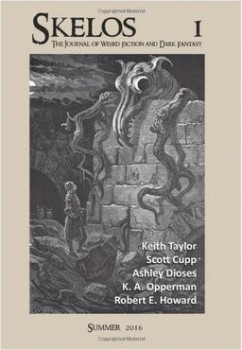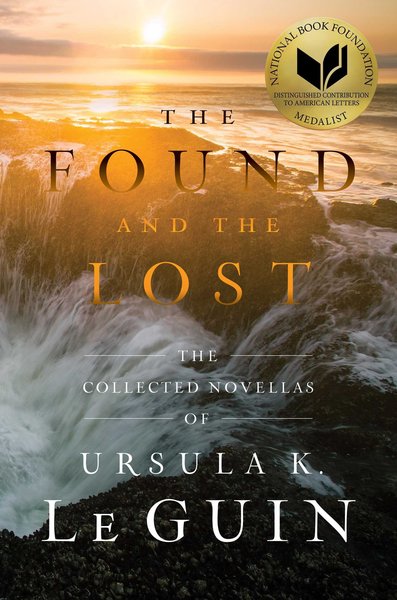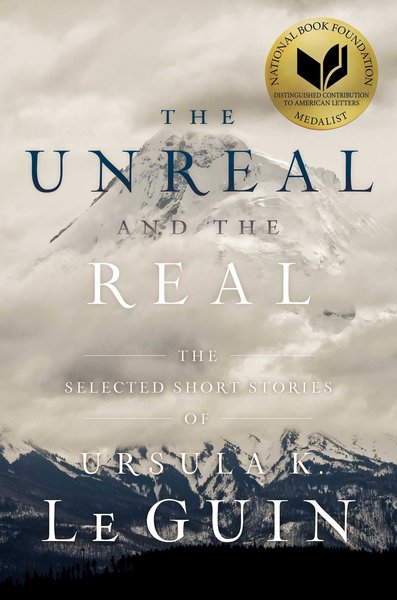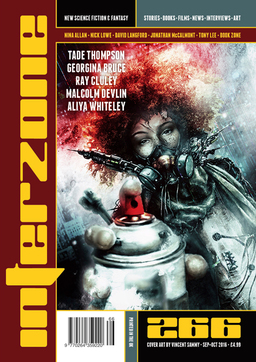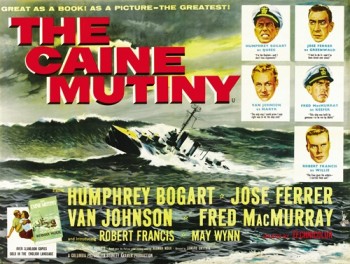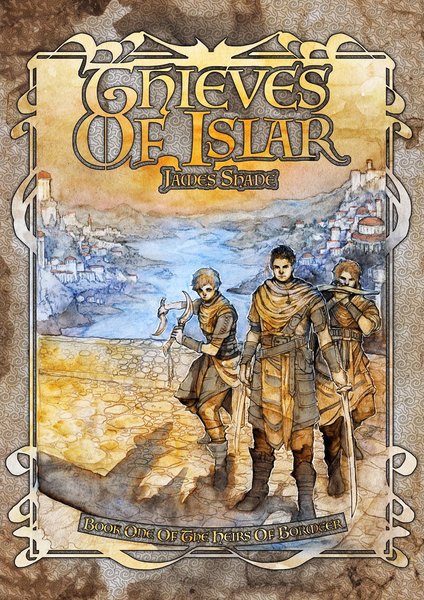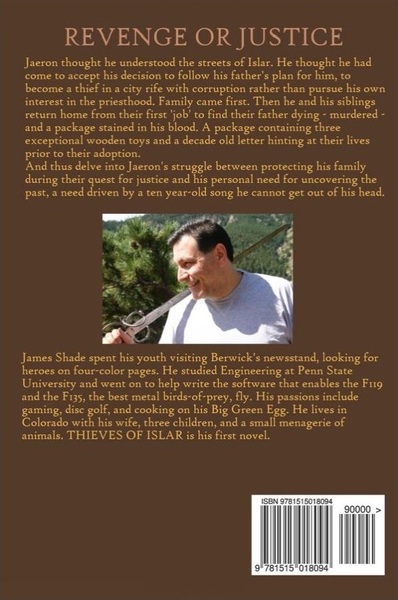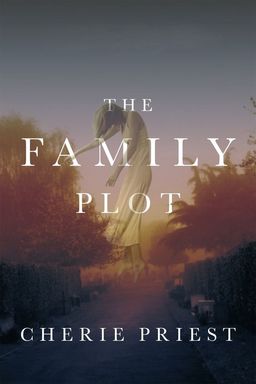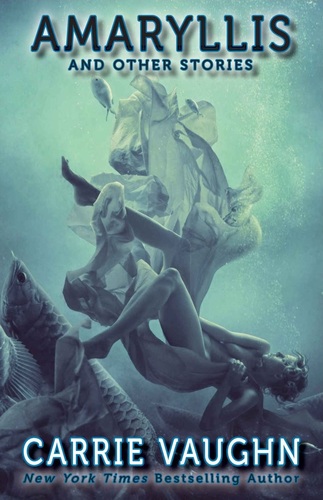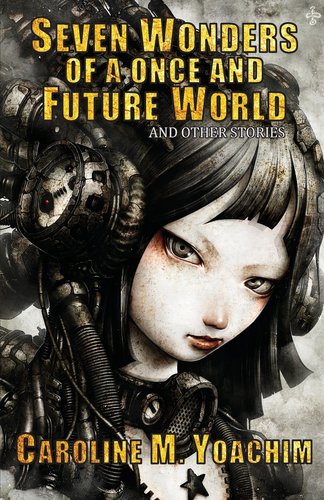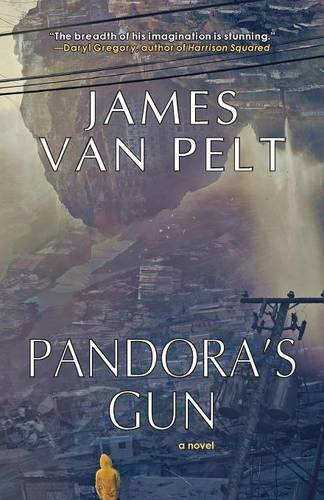Fantastic, November and December 1963: A Retro-Review
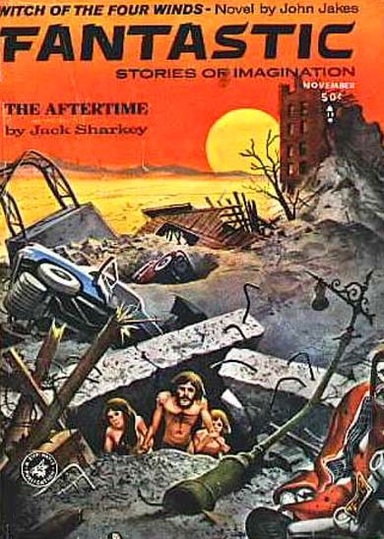 |
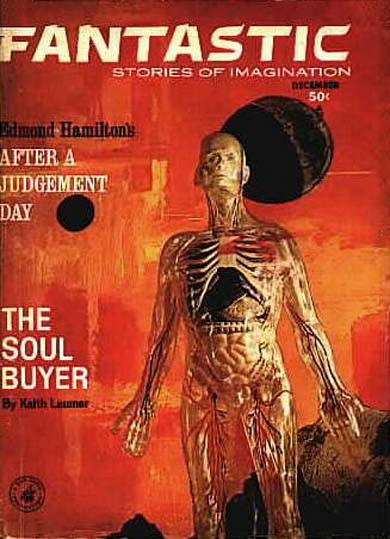 |
I recently looked at a couple of issues of Fantastic with a Brak the Barbarian serial by John Jakes, and here’s another pair with a Brak serial. Indeed, this was Jakes’ first SF/Fantasy novel, and his second Brak story.
The editorials cover first, Freeman Dyson’s ideas about using gravity as an energy source (for transportation), and second, the notion of having astronauts use crayons in orbit. The covers are by Alex Schomburg (November) and Paul E. Wenzel (December), in neither case, perhaps oddly, illustrating Jakes’ novel. Interiors are by Lee Brown Coye, Virgil Finlay, and Peter Lutjens (each of them appeared in both issues). (I will note that I find Coye okay as a pure horror illustrator, which seems to have been his forte, but I thought his illustration for Jack Sharkey’s “The Aftertime” just terrible.)
There is a letter column in November (Fantastic’s lettercol, which only appeared occasionally at this time, was called According to You ...). The letters this time are by David T. Keil, Paula Crunk, and Dennis Lien. I’ve known Denny online for quite some time, first on Usenet and later via email, so that was interesting. Keil has praise for Keith Laumer and Brian Aldiss and Thomas Disch, some (generally positive) discussion of Fritz Leiber, and scorn for David R. Bunch. Paula Crunk is happy with Leiber and Laumer, but complains about some of the other dreadful stuff the magazine published. And Lien disputes a claim in an earlier letter that fantasy has gotten short shrift in Hugo nominations relative to SF. (He notes the several examples of fantasy that were nominated — 3 at least of the five short fiction nominees the previous year — and also notes that, after all, the Hugos are given at a “Science Fiction” convention.)
 I’d marked four screenings on the Fantasia schedule to attend on Sunday, July 24. The first two were both at the small De Sève Theatre: a presentation of the 1983 Shaw Brothers film Holy Flame of the Martial World (Wu lin sheng huo jin), followed by a short film showcase. The showcase, Fragments of Asia 2016, promised half-a-dozen pieces from across Asia, both animated and live-action. Afterward I’d have time for food, and then two more movies would follow. Before all that, though, came one of the films I’d immediately highlighted when I first saw what was playing at this year’s Fantasia.
I’d marked four screenings on the Fantasia schedule to attend on Sunday, July 24. The first two were both at the small De Sève Theatre: a presentation of the 1983 Shaw Brothers film Holy Flame of the Martial World (Wu lin sheng huo jin), followed by a short film showcase. The showcase, Fragments of Asia 2016, promised half-a-dozen pieces from across Asia, both animated and live-action. Afterward I’d have time for food, and then two more movies would follow. Before all that, though, came one of the films I’d immediately highlighted when I first saw what was playing at this year’s Fantasia.